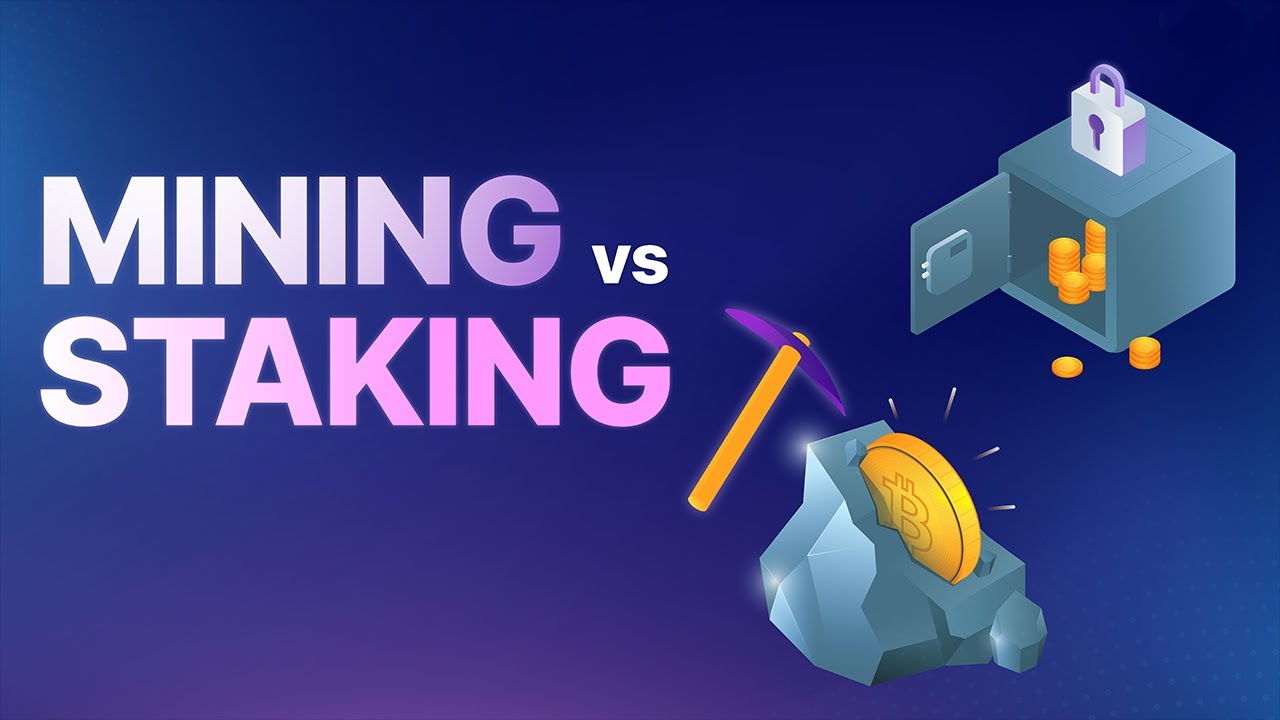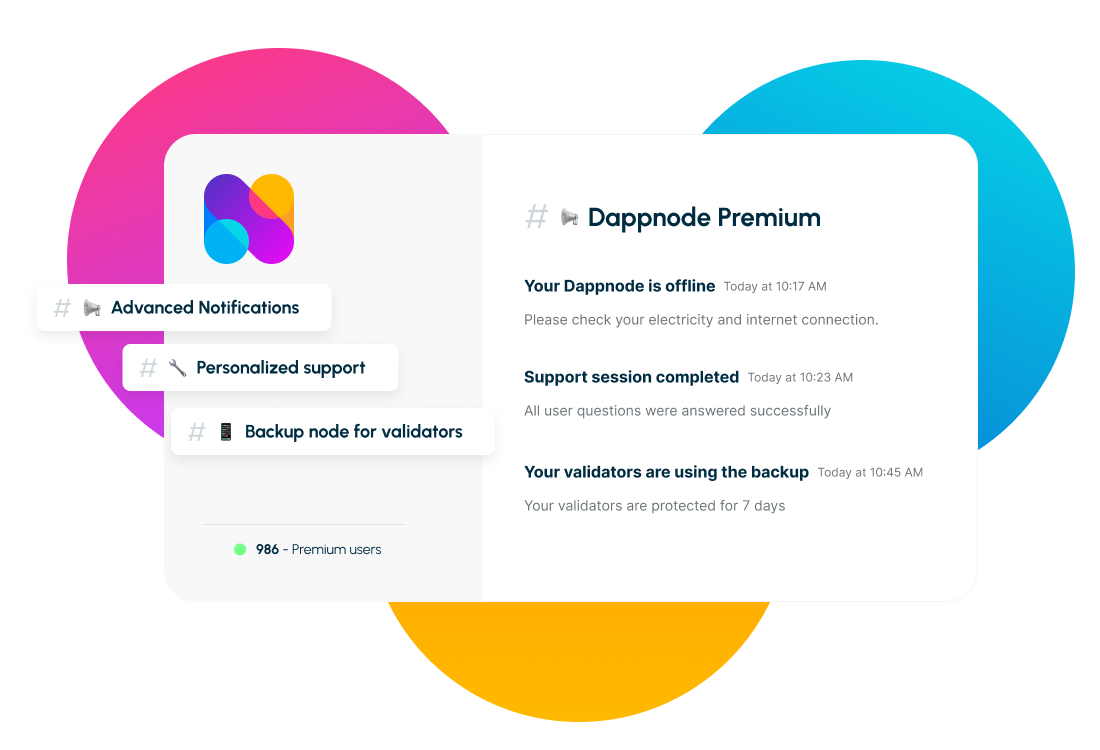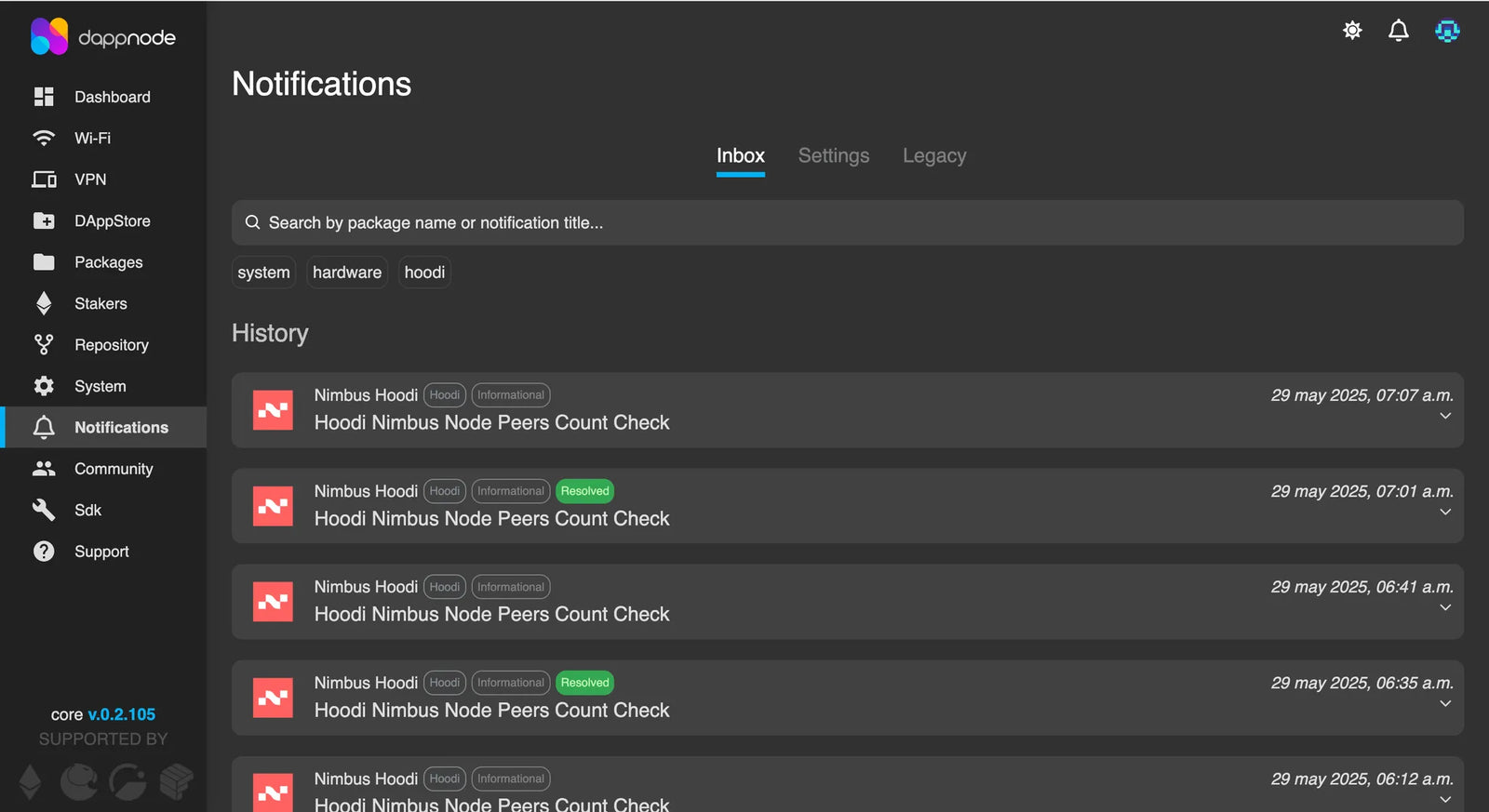
In recent times, there has been a lot of debate around crypto mining and what to mine during bear market times. If you’re looking up some information on how to mine Bitcoin, you’re probably coming across different ASIC vendors, however if you’re looking into how to mine Ethereum, you’re almost certainly getting some outdated information about GPUs. This is because the Ethereum protocol underwent The Merge, an important update that switched Ethereum’s consensus mechanism from PoW (mining) to PoS (staking). This means that mining for Ethereum underwent a change in which you don’t need GPUs anymore to participate in block creation in the Ethereum blockchain, now known as Ethereum staking.
In this article we’ll discuss what is crypto mining, its differences with crypto staking, as well as the pros and cons of each.
What is Crypto Mining?
Bitcoin uses Proof of Work (PoW) as its consensus mechanism. This is how the network validates and secures transactions. It was popularized by Bitcoin but is also used in other cryptocurrencies, as well as with other applications of the PoW consensus mechanism like NameCoin and PrimeCoin.
In a PoW system, participants, known as miners, compete to solve complex mathematical puzzles. The goal of solving these puzzles is to find a hash value that meets certain criteria or has a specific pattern. This requires significant computational power and energy consumption. Why do people put all this electricity into solving these puzzles? Because there is a juicy BTC reward for whoever proposes a block to the network. This has been known as crypto mining, however time and human greed have transformed this activity intended to run democratically in CPUs with a fun lottery every 10 minutes, into an industrial race between companies and dominant pools, far from the vision of it being accessible to anybody that runs a node.
What is Crypto Staking?
In a Proof-of-Stake (PoS) blockchain like Ethereum, Gnosis Chain or Lukso, participants who stake their funds in the chain’s native token are chosen to create new blocks and validate transactions in the network based on a deterministic algorithm. The likelihood of being selected as a validator is proportional to the amount of crypto they hold and are willing to lock up. This means that participants with a larger stake have a higher probability of being chosen to validate transactions, so users are incentivized to secure the network by seeking higher rewards.
The concept of staking involves participants committing their crypto as collateral, which is temporarily locked up to participate in the consensus process. If a validator behaves maliciously or tries to manipulate the network, a portion or the entirety of their stake can be forfeited as a penalty, disincentivizing dishonest behavior.
By using PoS, Ethereum can achieve consensus in a more energy-efficient manner compared to Bitcoin’s PoW.
What are the differences between PoW and PoS?
Here’s a table laying down some of the characteristics we’ve been discussing:
|
Mining |
Staking |
|
|
What do I need? |
Specialized hardware & access to cheap electricity |
|
|
How do I create a block? |
Miners compete to solve a mathematical puzzle |
A validator is randomly selected to propose a block |
|
Hardware needed |
ASICs or GPUs |
Any computer with internet access and minimum specs |
|
Rewards |
First miner to solve the puzzle, gets Bitcoin in exchange |
Validators get a percentage of the fees paid by transactions in the block |
|
Security |
The higher the hash difficulty, the safer the chain |
Staking locks the native token to provide security |
What does running a node mean and how can I earn money from it?
Whether you prefer PoW or PoS, for participating in block creation you’ll always need the same thing everyone needs to interact with the blockchain: a copy of the blockchain itself, also known as a node. A node runs a client software that syncs with every other node out there in order to always have a fresh, updated copy of the blockchain we can use to verify our interactions with it. There are three levels of running a node, and only the third level is incentivized in both Bitcoin and Ethereum mining and staking, respectively:

One of the advantages of Ethereum’s PoS over Bitcoin’s PoW is that you don't need the whole amount of 32 ETH to run a validator. You can read more about this in our previous blog post: Demystifying Ethereum Staking: How to be a validator with less than 32 ETH.
How can Dappnode help me run a node?
Dappnode empowers individuals to run their own nodes and engage with various networks effortlessly. Our software simplifies tasks and enables a world where everyone can have their personalized gateway to web3, and our Dappnode HOME devices are plug n play solutions for users with no or few technical knowledge.
Why Dappnode?
- It’s great for non-technical users!
- Open-source.
- Permissionless SDK, anybody can develop their own packages!
- Built-in cool stuff like VPN and IPFS.
- Optimal for PoS staking from home.
- Runs great on an Intel NUC!
- It has an amazing community always willing to help out!
Remember that if you have no experience setting up an OS before, or no hardware, you can directly buy any of our available options for the Dappnode HOME: small plug n’ play miniPCs with the DAppNode software preinstalled in them for a seamless setup.



